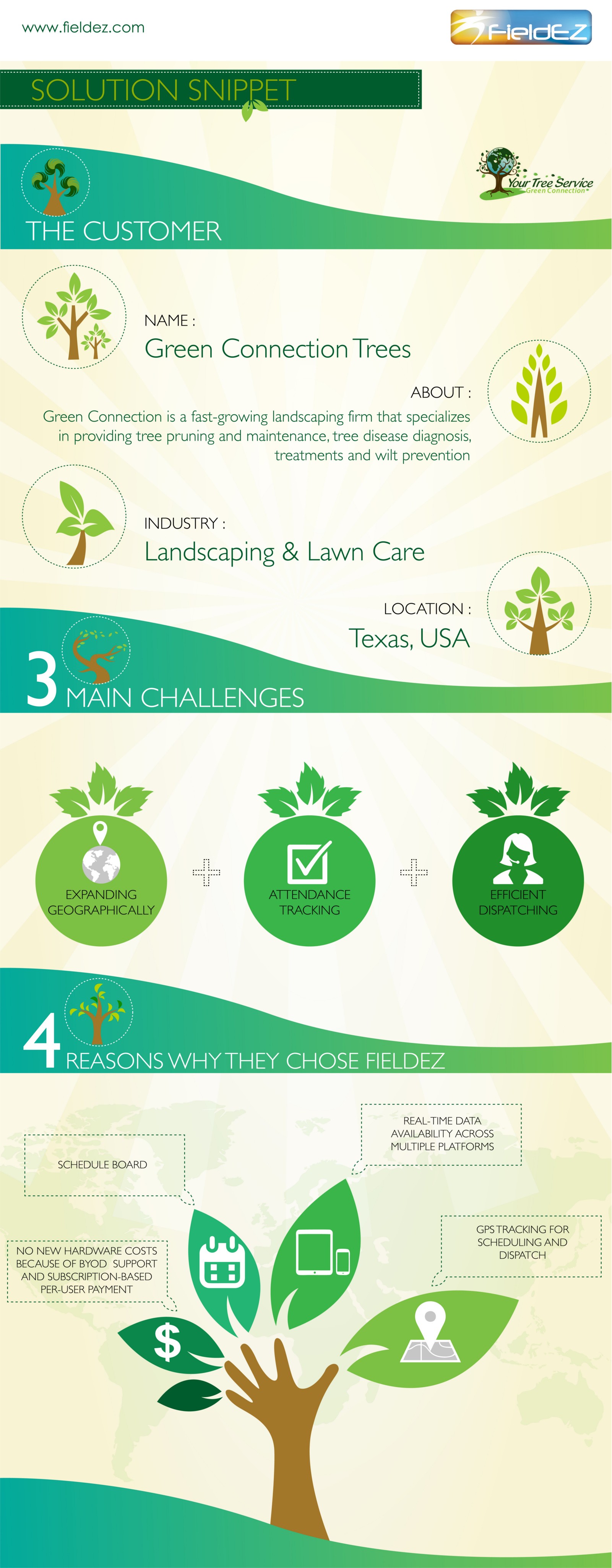Safeguarding Your Landscape: Replanting After Tree Elimination
Safeguarding Your Landscape: Replanting After Tree Elimination
Blog Article
Published By-Breum Haaning
Tree elimination can leave a space in your landscape that needs dental filling. You can grow something new in that area, but it takes extra care and attention at the beginning to help it grow.
The soil in that area will keep transforming over time as microbes break down the old roots. That can affect the nutrient balance and physical area for brand-new growth.
Dirt
The dirt in a plot where a tree has been eliminated is most likely to be extremely different from the remainder of your garden or backyard. The roots of the old tree and the stump will have altered the soil, eliminating some nutrients and possibly crowding out various other plants. Furthermore, if the previous tree was unhealthy, the contagious representative might still be in the ground.
The presence of roots fosters an abundant and varied neighborhood of dirt bacteria that enhances important processes like nutrition biking and organic matter disintegration. Without these bacteria, the displaced dirt can end up being less productive and nutrient-depleted, with a negative impact on plant development.
Prior to replanting, the dirt must be removed of debris and natural product (such as timber chips from stump grinding). You may desire to mix in potting dirt or native dust with this garden compost to offer your new growing with an environment that is well balanced and filled with nutrients.
Water
Tree origins absorb huge amounts of water from the soil. visit the up coming article adds nutrients back to the soil, especially nitrogen, which is important for brand-new trees and plants. Sadly, old dirt can be depleted of these important minerals because of the rotting roots and stump from an eliminated tree.
This is why it is essential to have a plan for the future of your landscape. Ideally, the most effective time to plant is when you have a clean slate.
Whether you're growing lawn or flowers, see to it to make use of a soaker hose to avoid overwatering your brand-new landscape design. If the area was a garden, see to it to cover the dirt with organic compost to aid keep moisture in the soil, control soil temperatures and reduce weeds. This likewise provides a layer of security for young plants and advertises worm activity. Then, on a regular basis renew the compost to continue boosting the soil nutrient density and microbial life. This is known as dirt repair.
Light
Trees are a terrific enhancement to any kind of landscape, offering shade, aesthetic pulchritude, and lots of various other advantages. However, occasionally trees become unpleasant due to a range of factors, consisting of illness, insect problems and natural aging.
In such cases, it might be essential to get rid of a tree. It is essential to consider the worth of a specific tree in your landscape design and take the correct actions to make sure that the elimination is done safely and effectively.
During the late summer, it's an excellent time to carry out upkeep and examinations on existing trees. arborist supply store of disease, insect infestations, or architectural damage, as well as any type of potential threats such as damaged or leaning trees.
Prior to beginning any building jobs, be sure to secure the root zones of existing trees by avoiding dirt compaction and grading around them. Organic matter, as it breaks down, can create noxious gases that are harmful to the origins of a tree. It's additionally a great concept to mulch the area around a tree after building has actually finished to preserve wetness and suppress weed growth.
Temperature level
Trees are important to a landscape for their visual charm, yet they also play a vital function in the neighborhood environment by offering shade and windbreaks. They support wildlife habitats and reduce the amount of co2 airborne, which can contribute to worldwide warming. This is why it is a good idea to replant trees after eliminating one from the building.
When replanting a brand-new tree in the place of a previous stump, the dirt might not have adequate nutrients to sustain it. It is best to wait for a year before planting to ensure that the soil will be rich in nutrients.
To ensure that replanted trees thrive, it is critical to offer them with appropriate treatment. A layer of mulch will maintain soil moisture from evaporating, regulate soil temperature, and assistance subdue weeds. Organic compost is the preferred option due to the fact that it enhances soil fertility. Ongoing fertilizing and pest control are likewise important for replanted trees.